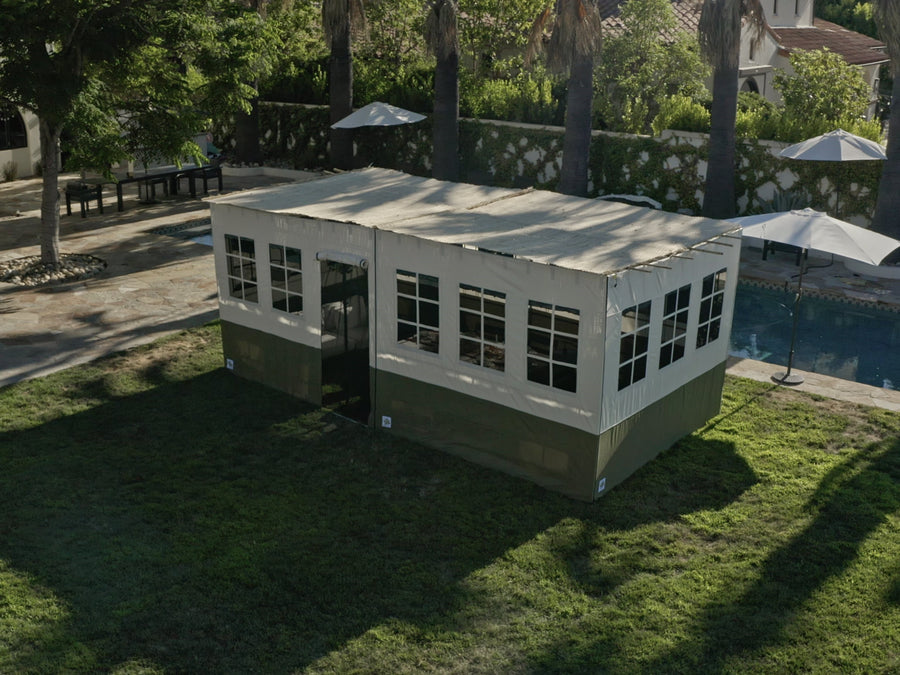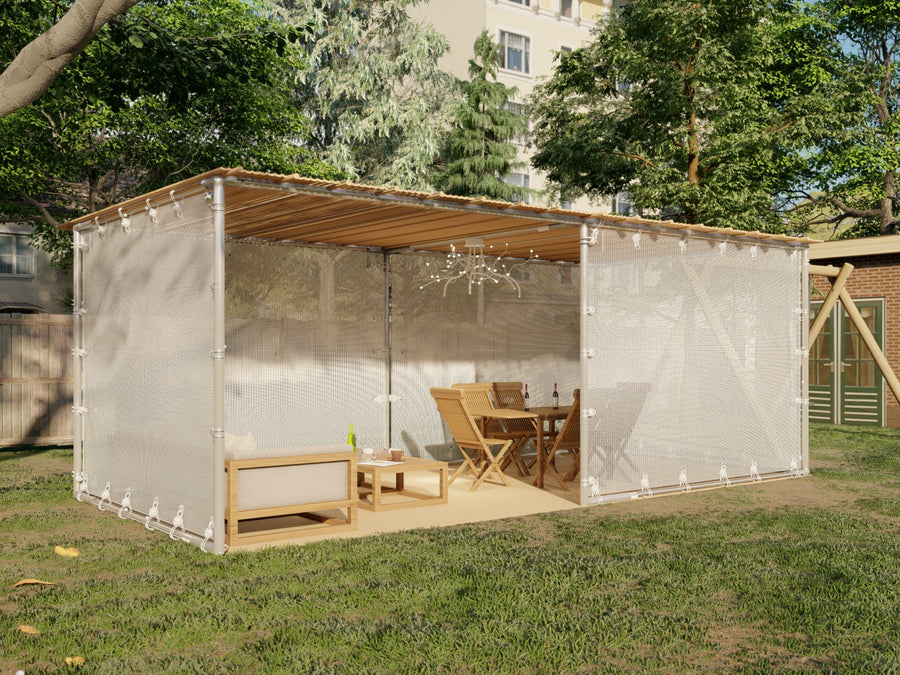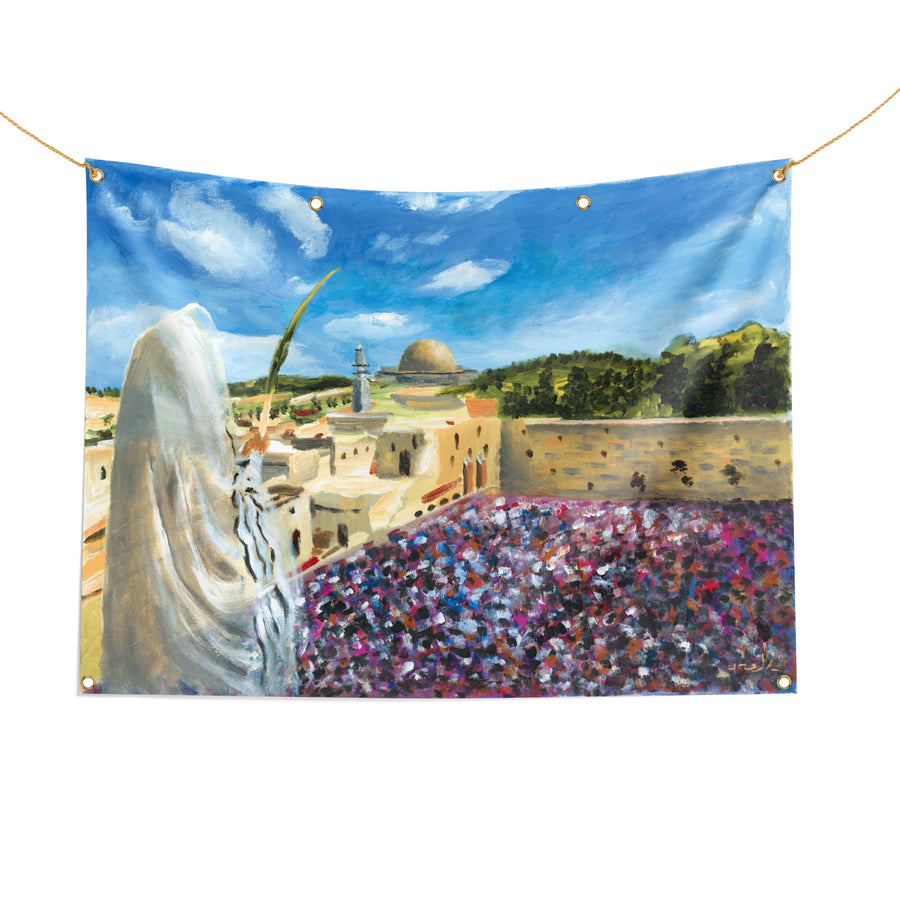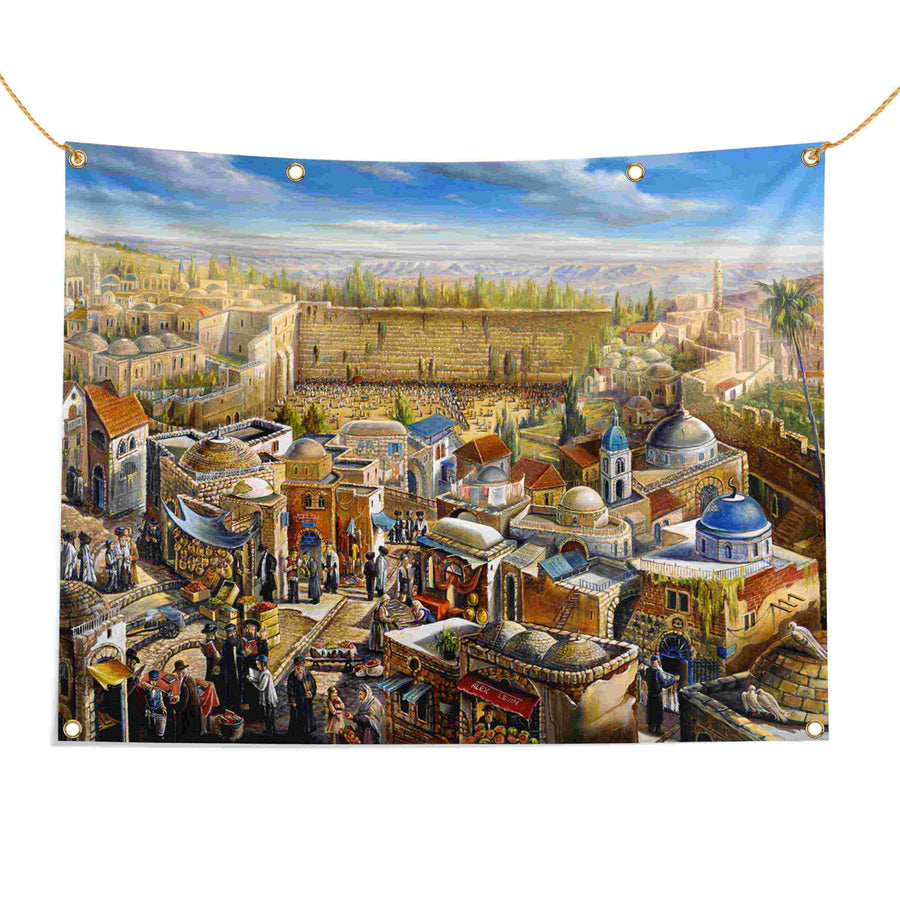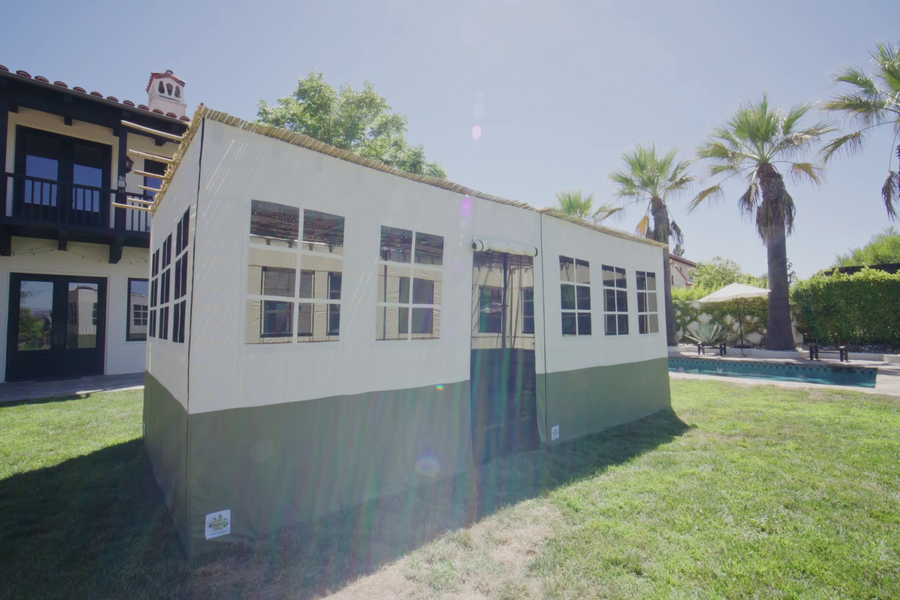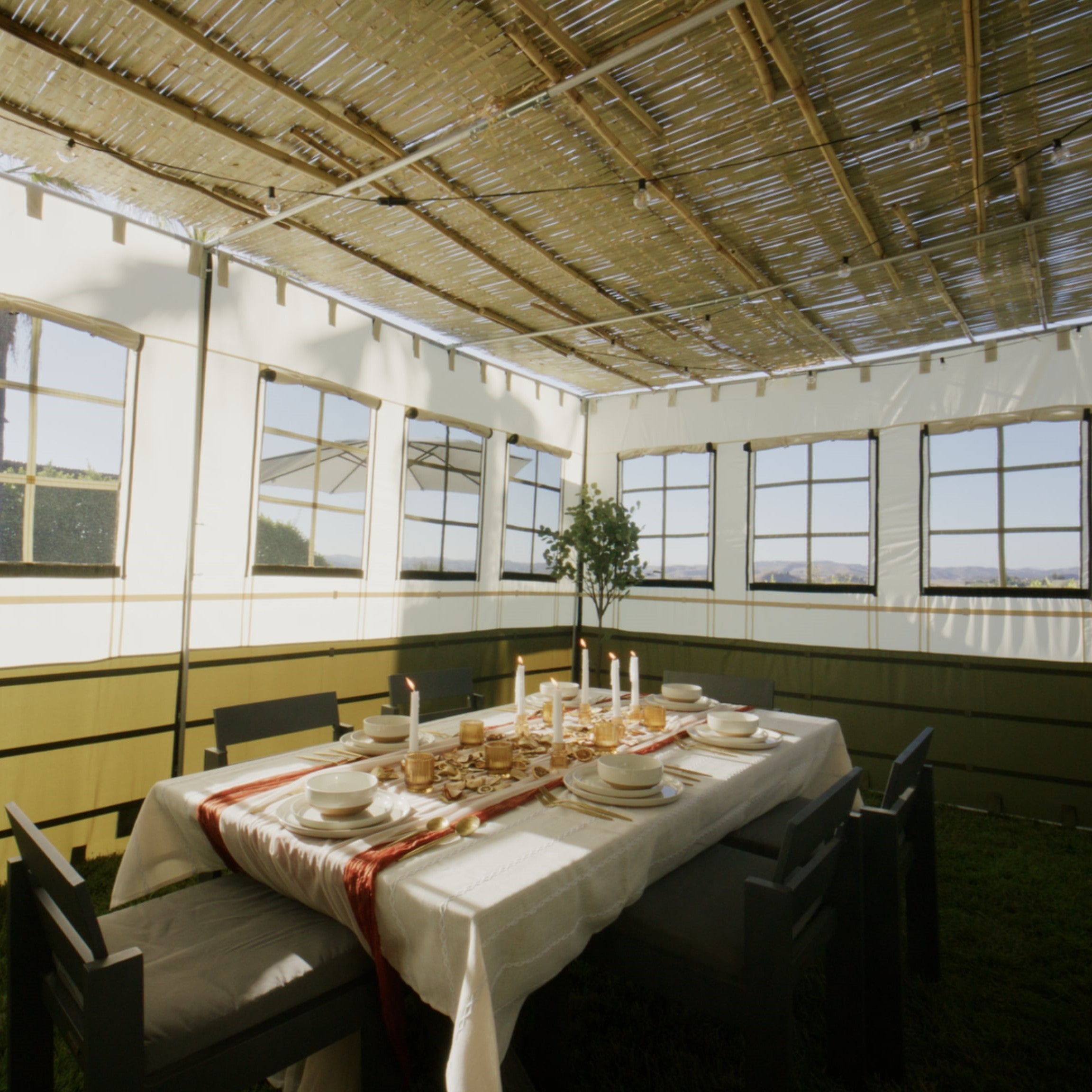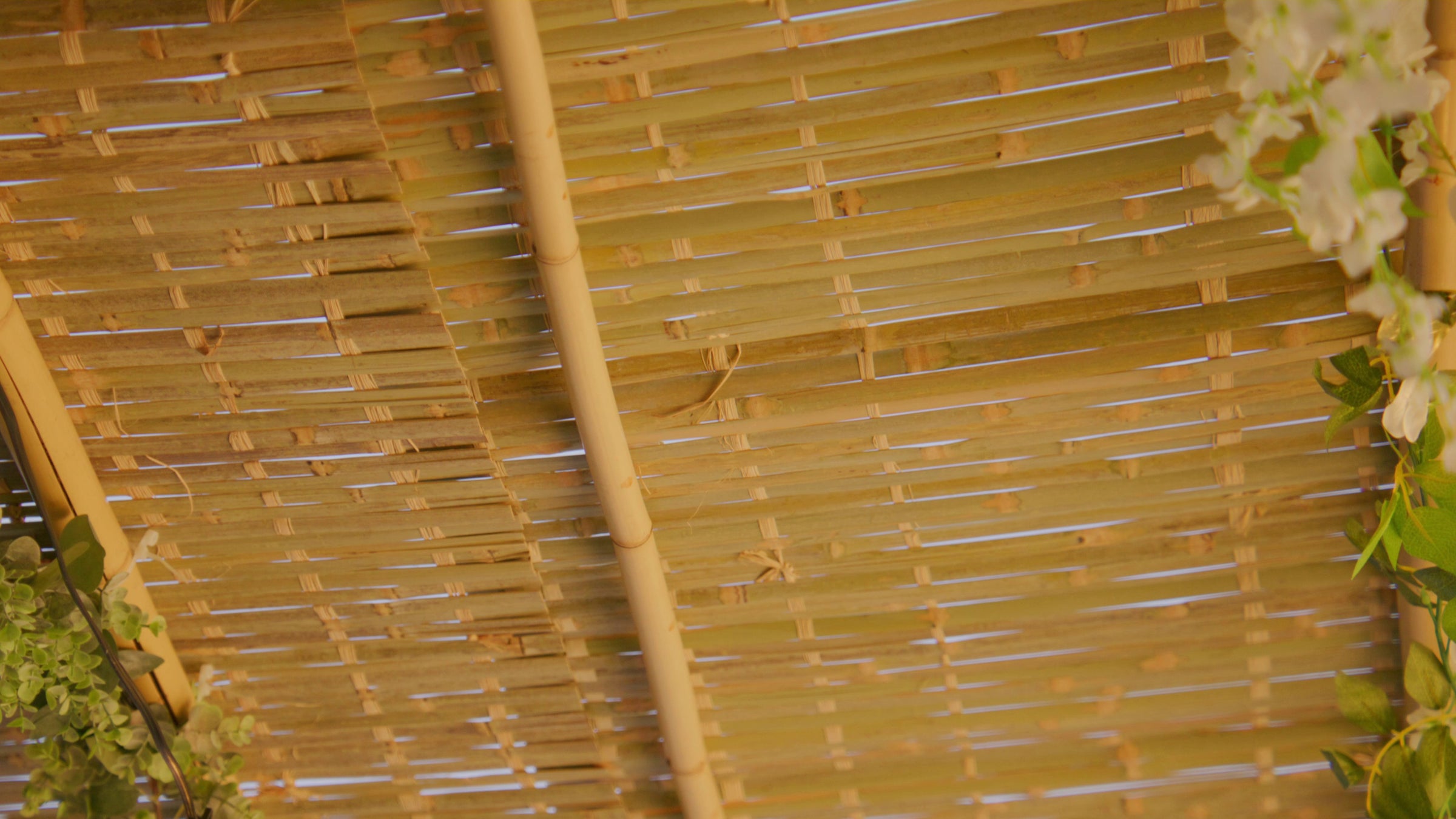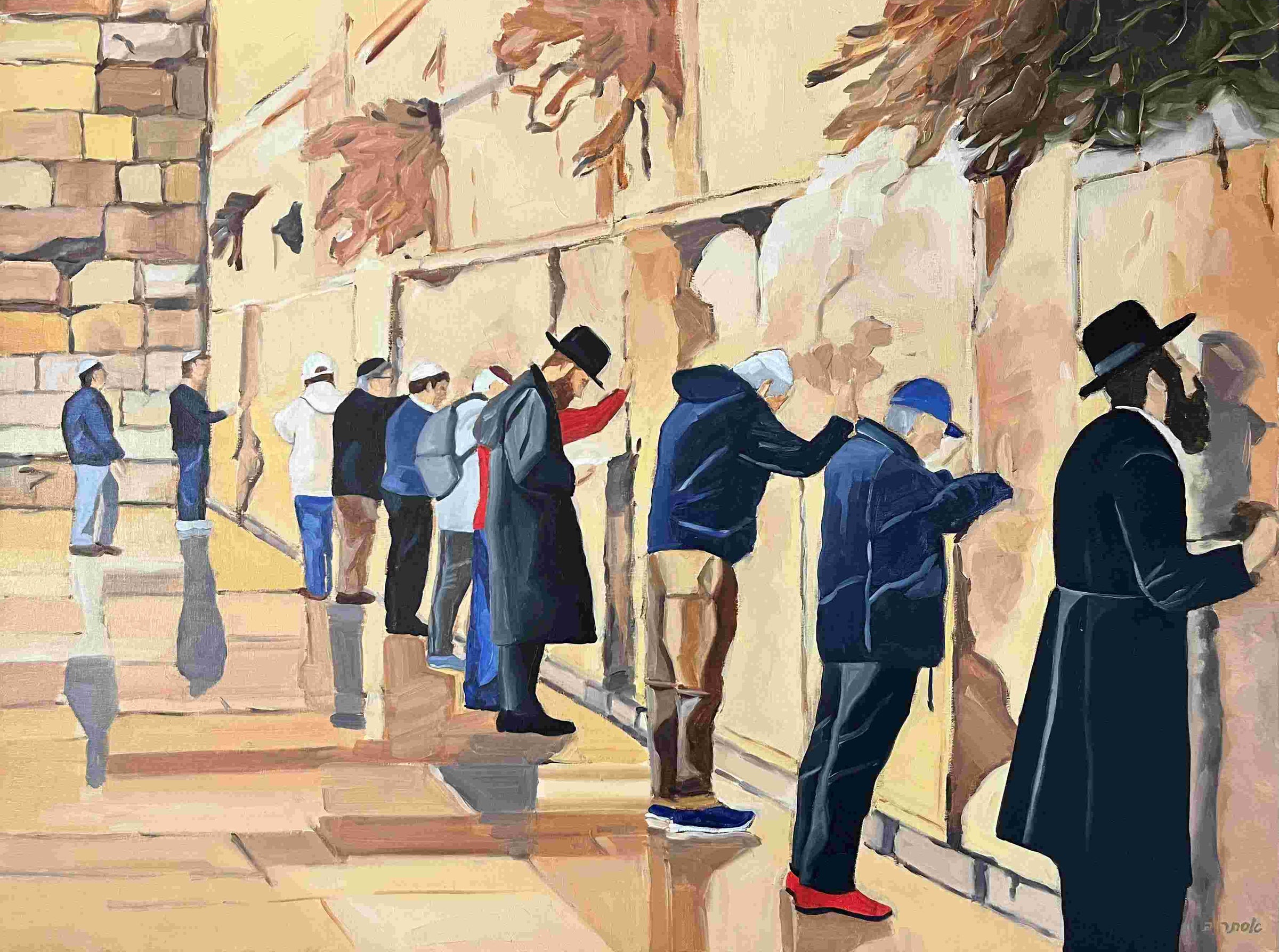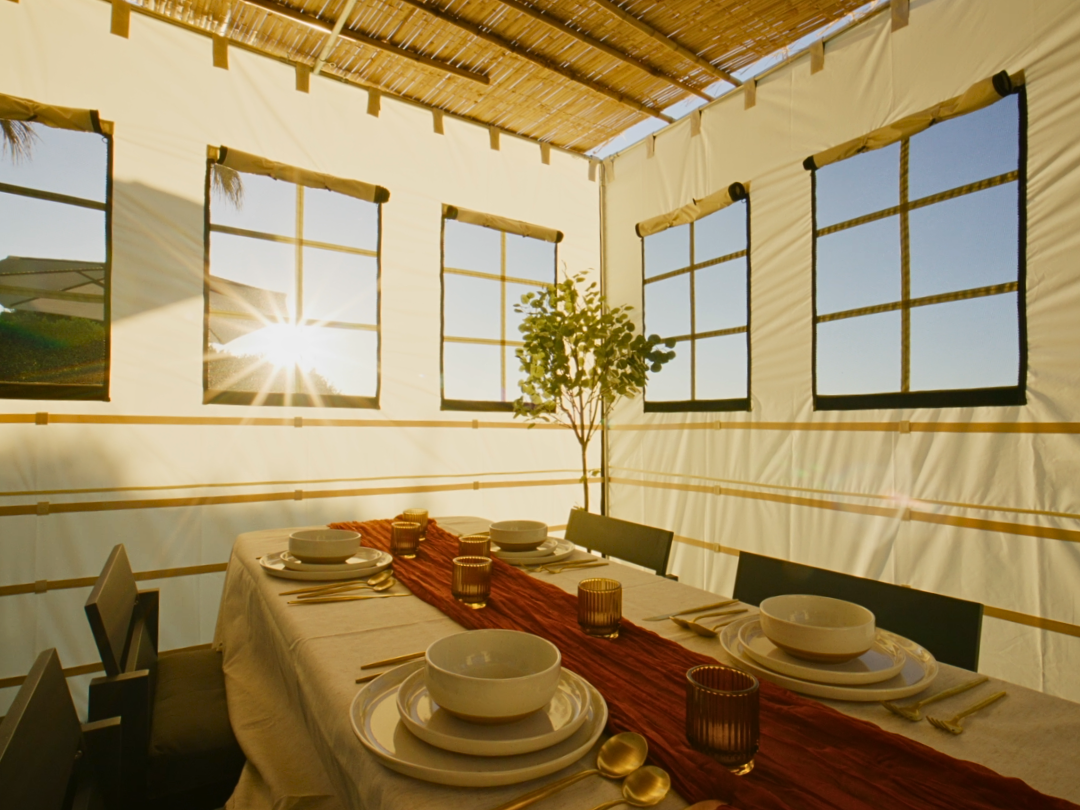

Table of contents
1. Sukkot Has 3 Names
Sukkot is like that friend with a bunch of nicknames! In ancient Israel, it was the time for farmers to gather their dried crops from the fields, which is why scripture fittingly calls it “Chag Haasif,” “The Festival of Gathering.”
But that's not all – Sukkot is such a joyful occasion that the sages simply dubbed it “Chag,” which is Hebrew for “Festival” (because who needs more words when you're celebrating?).
And in our prayers, we refer to it as “Zeman Simchatenu,” “The Time of Our Rejoicing,” because, really, what better way to describe this festive season?
2. Sukkot Starts at a Full-Moon
Sukkot kicks off right when the sun sets, and the moon is ready for its debut, just before the 15th of Tishrei. The celebration lasts for a whole week, with highlights including the Simchat Beit Hashoeva and Hoshana Rabbah and then it rolls right into the double feature holidays of Shemini Atzeret and Simchat Torah!
…and you can find the holiday dates in our handy summary of Sukkot 2025 Dates.
3. “Sukkot” means “Shelters”
Sukkot means “booths” or “shelters,” and it’s all about remembering those temporary shelters the Children of Israel stayed after the Exodus. As the Leviticus 23:43 says, “Your [ensuing] generations should know that I had the children of Israel live in shelters when I took them out of the land of Egypt.”
So what were these shelters? According to the Talmud, they were the supernatural Clouds of Glory that wrapped the Israelites in a heavenly hug, providing them with divine protection throughout their 40-year desert road trip.
4. The Sukkah Is Covered with Organic Material
During Sukkot, our Sukkah becomes our cozy little home away from home and is covered in greenery, bamboo, or whatever nature’s got on offer to harvest.
The roof of our Sukkah is called Schach. To keep it kosher for use on our Sukkah, though, the Schach has to come from the ground and be harvested, so no sneaking in branches still attached to your neighbor's tree! Popular Schach picks include evergreen branches, cornstalks, palm fronds, bamboo, or durable bamboo mats made just for the occasion.
For more on these detailed rules, check out our handy Guide to Getting Kosher Schach.
5. The Sukkah Is Our Home-Away-From-Home for Sukkot
During Sukkot, we munch, chat, and even sleep in the Sukkah, with just a thin layer of Schach between us and a starlit sky.
You can set up a Sukkah almost anywhere ( including your balcony! ) – as long as it's under the open sky. The Talmud even mentions some wild ones like ox-cart Sukkahs, boat Sukkahs, treetop Sukkahs, and camelback Sukkahs. Today, we’ve got Sukkah-mobiles on pickup trucks and even pedi-Sukkahs for Sukkahs on the go! More on that in our article on the best wacky, portable Sukkahs.
6. The Last Day of Sukkot Is Hoshanah Rabbah
On the seventh day of Sukkot , we kick things up a notch by circling the bimah (the Torah reading table) seven times instead of just once. This grand spectacle is known as Hoshana Rabbah, or “The Great Hoshana,” and involves a lot of enthusiastic repetition of the Hoshanot prayers. After the excitement, everyone gets to continue the fun by beating a bundle of five willows (hoshanot) against the ground. More on why and what that means in our handy Guide to Hoshana Rabbah.
It’s also the perfect day for a festive meal in the Sukkah, featuring challah dipped in honey (the last sweet taste of the season) and kreplach, those delicious meat-filled dumplings.
7. The Lulav and Etrog Are ‘Taken’ Almost Every Day
During Sukkot (except on Shabbat), we break out and shake our Four Species: the lulav (a palm frond), three hadasim (myrtles), and two aravot (willows), all paired with an etrog (citron). We hold them together, say a blessing to thank G‑d for the mitzvah, and give them a gentle wave in six directions. This ritual is known as the “lulav and etrog” or the arba minim, “Four Kinds.” (Need a set? Check out our high-quality Arbah Minim sets )
We also use our Four Kinds during Hallel (the “Psalms of Praise” in the holiday morning service) and in the Hoshanot ceremony , where we circle a Torah scroll while chanting prayers for salvation.
8. Sukkot Is One of the Three Pilgrimage Festivals
The Torah outlines a special travel plan for the Israelites: they’re required to make a pilgrimage to the Holy Temple three times a year – Passover, Shavuot, and Sukkot . During these visits, they’d bring along sacrifices and other donations they may have promised during the preceding months. Sukkot was the grand finale of these festivals, and some folks say it was the last chance before those divine ‘bills’ were considered ‘overdue.’
9. There’s a Water-Drawing Ceremony
Back in Temple days, the nights of Sukkot were a major party, all thanks to the Simchat Beit Hashoeva (the water-drawing ceremony). So much so, that the sages famously said, “If you haven’t seen the joy of the water drawing, you haven’t truly seen joy! ” The celebration started with drawing water from the Shiloach spring, which was then poured into a special spot on the Temple altar.
The priests would light up Jerusalem with huge lamps, making it feel like daytime even at night. The streets were alive with people dancing with torches, scholars juggling like circus stars, and Levites jamming out with music while everyone watched with glee.
These days, many communities still keep the spirit alive with lively celebrations on Sukkot nights, with some even taking the dancing out into the streets!
10. Seven Invisible Guests Visit Every Night
In a mystical twist from the Zohar, our Sukkahs get a visit from the “seven shepherds” during Sukkot. These illustrious guests, called ushpizin , are Abraham, Isaac, Jacob, Moses, Aaron, Joseph, and David.
Folks typically go the extra mile by reciting a special text each night, to give these legendary guests a formal “invite” into their Sukkahs.
